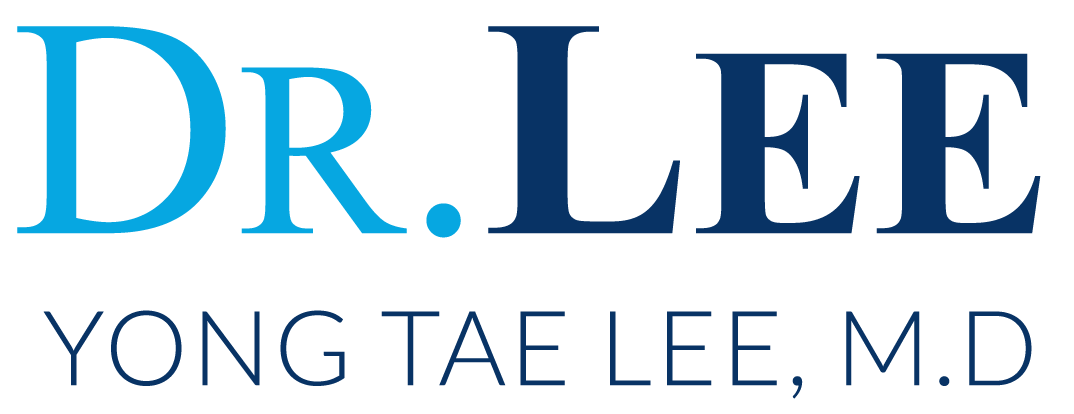– Spider Vein –
[ Resolve the Issue of Spider Vein ]
Approximately half of the women in America struggle with the appearance of spider veins. However, this problem is not experienced by just women; up to 45% of all men develop vein diseases like spider veins or varicose veins.
Spider veins are those localized clusters of purple, red, and blue veins that sit just beneath the skin. Medically known as telangiectasia, is the “branching,” jagged appearance of veins, similar to webbing, hence being called spider veins. Spider veins can be problematic because they often develop on highly visible areas, such as the face or the legs. Additionally, many people notice that they seem to spread exponentially over the years, eventually covering larger areas.
What Causes Spider Veins?
The reason that spider veins develop is because blood backs up in a localized area. This is why we often see this problem in the lower extremities. Weakness in the vascular valves enables blood to pool in certain vessels. When this accumulation of blood occurs in smaller, superficial veins, we see the discolored webbing of the veins on the surface.
Causes of spider veins include:
Prolonged sitting or standing on a regular basis, such as for work
Genetic makeup
Excess weight
Pregnancy and other conditions that affect hormonal balance
Sun exposure
No special diagnostic testing is typically necessary to identify spider veins. A physical examination and observation of the skin usually leads to an accurate diagnosis. However, diagnostic ultrasound may be recommended if a more extensive condition is suspected.
The presence of spider veins can be quite frustrating. Rather than hide your legs, we invite you to explore your treatment options at Los Angeles Vein Center in Sherman Oaks. Our team has the training and experience to remove your spider veins.
What Treatment is available for Spider Veins?
Modern treatment for spider veins typically involves minimally-invasive techniques that achieve outstanding results without downtime or discomfort.
Who Typically Gets Spider Veins
Unlike varicose veins, which largely affect women, spider veins may develop in both sexes. Still, women are more prone to this condition than men. Family history of vein diseases may also increase a person’s risk of developing visible veins on the face or legs.
The risk factors for spider vein development are similar to those associated with varicose veins. Hormonal changes from birth control, pregnancy, and menopause all correlate to the development of these clusters of veins. Lifestyle factors such as sitting and/or standing for long periods of time are also involved in overall risk.
Can Spider Veins Cause Leg Swelling or Pain?
In most cases, symptoms related to spider veins revolve around appearance. The discoloration and webbed matrix of superficial veins is usually difficult to disguise. In some cases, patients have reported feeling sensations such as swelling, burning, itching, or aching stemming from spider veins.
Can Anyone Undergo Treatment?
Sclerotherapy is a reliable treatment option for spider veins in most cases. Ideal candidates are adults aged 30-60 who are in good general health. Pregnant women and nursing mothers need to postpone treatment until 3-months after breastfeeding has stopped. It is important to have realistic expectations of the results that are possible with sclerotherapy. We discuss these in detail during your consultation with our friendly staff.
Patients must have the ability to follow pre- and post-treatment instructions, and may not be bedridden. Furthermore, the Cleveland Clinic does not recommend vein treatment on any vein that could potentially be useful in bypass procedures. If there is a history of clotting issues, further evaluation may be necessary to determine the most appropriate vein treatment.
Recovery Time After They Are Removed
The two most common modalities for treating spider veins are sclerotherapy and laser vein treatment. In our Los Angeles vein clinic, we may use a combination of both therapies to maximize the efficacy of each. Patients are able to resume light activity following spider vein treatment. Walking is even encouraged due to its support of healthy blood flow. If slight discomfort occurs after treatment, compression stockings may be worn to place gentle pressure on the legs as veins gradually collapse and absorb into surrounding tissue.
Can Spider Veins be Prevented?
Because spider veins may result from a number of factors, there is no guarantee of prevention using diet, exercise, or lifestyle modifications. However, taking steps such as moving frequently, going for walks or becoming more active, wearing comfortable shoes, and maintaining a healthy weight can reduce the risk factors. Individuals who are prone to spider veins may want to consider wearing compression stockings to minimize their risk of new veins.
Are Spider Veins Related to Varicose Veins?
Spider veins and varicose veins do share some of the same risk factors, such as standing or sitting for prolonged periods. However, they differ in how they may be treated and in how they present in the body. Spider veins are more delicate than varicose veins and are less likely to cause physical discomfort. Their appearance, in small clusters, is quite different than the average varicose vein, which bulges against the skin.

